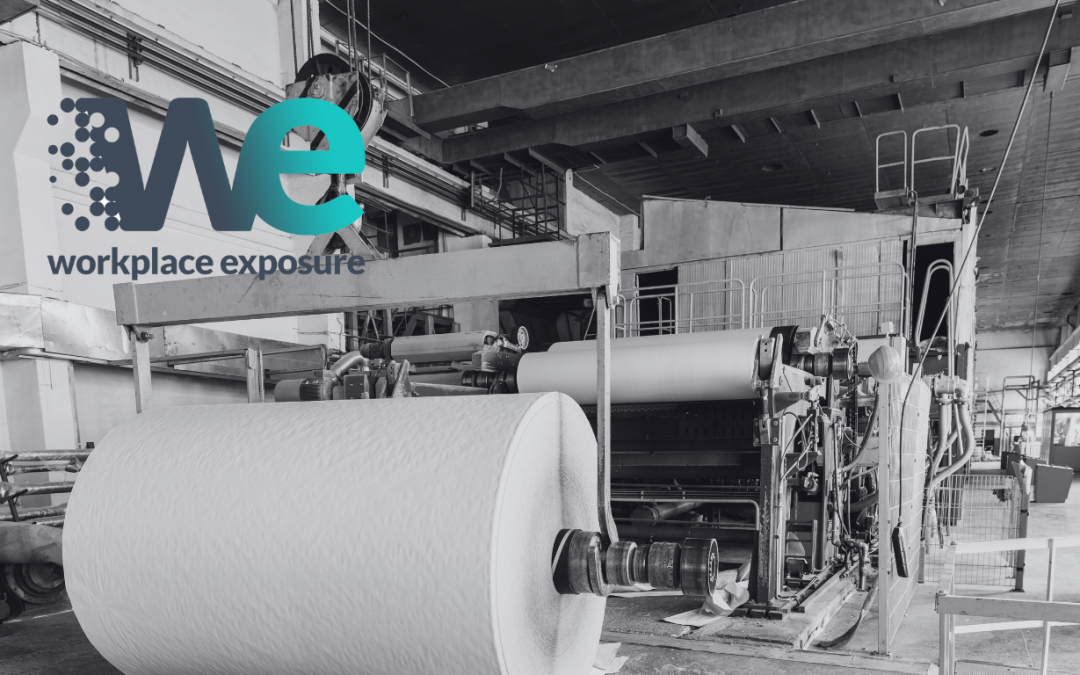Occupational Noise Exposure: Regulations and How to Minimise Risk
Workplaces can be full of hidden dangers that are hazardous to our health. Noise exposure affects all industries and can leave employees with long term health problems. Ensuring compliance with current regulations can help to reduce the risks.
What is Occupational Noise?
Almost every workplace makes noise. Depending on the volume and duration of this noise, it can prove harmful to staff. Regulations are in place to protect employees from excessive noise exposure however there are ways to create a safer working environment.

An easy way to check if your workplace noise is intrusive is whether you need to shout to be heard by somebody a metre away. Staying at this level of noise for prolonged periods can cause hearing loss and damage to your ears.
The Center for Disease Control (CDC) estimates that 22 million workers are exposed to potentially harmful noise levels at work.
What Are The Control of Noise at Work Regulations?
The Control of Noise at Work Regulations 2005 came into force for all industry sectors in an attempt to reduce workplace risks. These regulations aim to ensure that workers’ hearing is protected from any excessive noise in the workplace as this could lead to hearing loss and other conditions such as tinnitus (constant ringing in the ears).

The regulations require employers to complete a risk assessment and to reduce noise exposure. If noise levels are at 80 decibels (dB(A)), then employers must aim to lower the noise and provide information and training regarding potential risks. If the levels exceed 85dB(A), then employers must provide hearing protection and hearing protection zones.
What Are The Risks of Noise Exposure?
Very high exposure to repeated noises above 80dB(A) can cause significant damage to hearing over time. This is known as noise induced hearing loss (NIHL). Often, by the time that you notice that your hearing is not as good as it was, the damage is already considerable and irreversible.
Continuous exposure can also cause other health problems, such as high blood pressure, heart disease and mental illnesses including anxiety and depression.

The Occupational Safety and Health Administration (OSHA) states that “loud noises can also create physical and psychological stress, reduce productivity, and interfere with communication and concentration, and contribute to workplace accidents and injuries by making it difficult to hear warning signals.”
How To Minimise The Risks?
If there is excessive noise in your workplace, then you should look for an easy way to reduce it. This may be searching for alternative processes, equipment or methods that will create a quieter work environment.
We recommend trying to reduce the noise completely. However, this is not always possible, so aim to control the noise as much as possible. There are many ways that you can do this.

Introduce Stronger Controls
When using machinery, try to avoid metal-on-metal impacts as this results in loud banging sounds. Machines also vibrate and can be a source of noise. Techniques such as damping can combat this adding materials helping to reduce the vibrations. Fitting silencers to exhausts can also reduce noise travelling through the air.
Limit Time Spent In The Noise
Studies have shown that halving the time spent in noisy areas will reduce noise exposure by 3dB. Short bursts of exposure can cause less hearing damage than long periods of exposure.

Change the Design of Your Workplace
Design your work layout with low noise emission as a priority.
This can mean choosing absorptive materials throughout the workplace to capture sound and stop it from travelling. Also, keeping loud machinery away from designated quiet areas can provide a safe space away from the noise.
Modify Paths That Noise Can Travel Through
Building enclosures and screens can not only reduce the noise emitted from machines but can also block direct paths used for the sounds to travel. By positioning noise sources away from workers, they are less likely to suffer from occupation noise risks.
How Can Workplace Exposure Help?
Here at Workplace Exposure, we can help measure the sound levels present in your workplace using sophisticated instruments for static and personal dosimetry in our Noise at Work survey. Our qualified and experienced occupational hygienists are highly competent and will carry out the noise monitoring survey by making relevant observations, assessing the situation and detailing where more control is required.
Once we have outlined the measures you need to undertake to achieve noise control, we will provide you with information that can help you complete your noise risk assessment.
For more help with your occupational noise exposure, get in touch with our expert team today
Our approach
Get in touch with Workplace Exposure. Either give us a call on 0800 689 4386, or fill in our enquiry form to discuss your monitoring or consultancy requirements.
We’ll then provide you with a no-obligation proposal, we can often give an initial idea of fees whilst we discuss your needs.
Once you’ve accepted our proposal, we can then schedule the work.
Following our site visit we’ll provide you with a comprehensive report giving you advice, recommendations and control measures where appropriate. Implement the outcomes for compliance and a happier healthier workplace.
